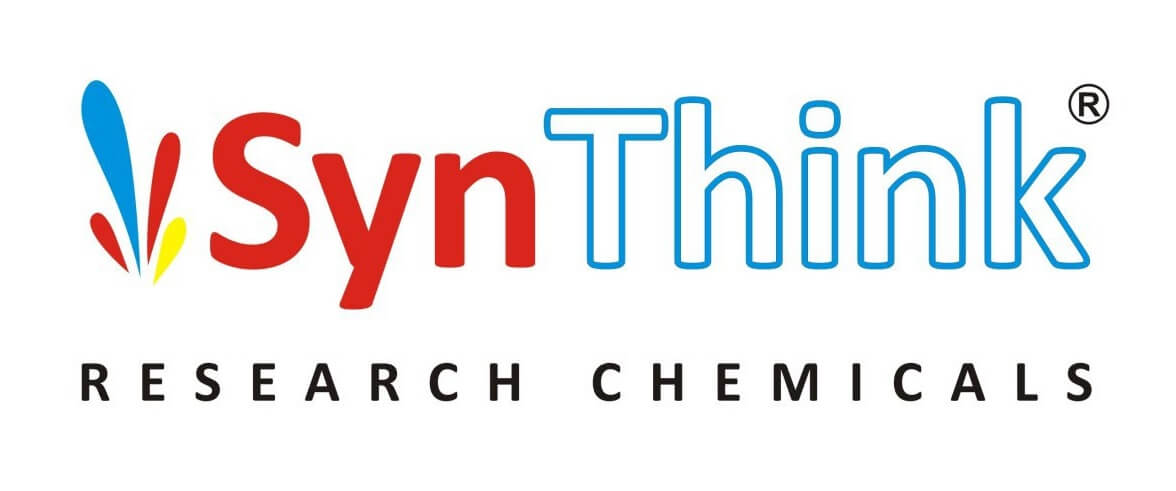Challenges in HPLC Method Development for Impurity Identification and Quantification: Overcoming the Obstacles
Introduction
High-Performance Liquid Chromatography (HPLC) is a widely used analytical technique for impurity identification and quantification in the pharmaceutical industry. It offers excellent resolution, sensitivity, and selectivity for impurity analysis. However, the development of HPLC methods for impurity identification and quantification poses several challenges. This article will explore the key challenges encountered in HPLC method development for impurity analysis and discuss strategies to overcome these obstacles effectively.
Importance of HPLC Method Development in Impurity Analysis
HPLC method development plays a crucial role in the accurate identification and quantification of impurities in pharmaceutical products. It enables the separation of impurities from the main analyte, allowing for their individual detection and quantification. A well-developed HPLC method ensures reliable and reproducible results, contributing to the safety, efficacy, and quality of pharmaceutical products.
Challenges in HPLC Method Development for Impurity Identification and Quantification
3.1. Selection of Suitable Columns and Mobile Phases
One of the primary challenges in HPLC method development is selecting appropriate columns and mobile phases for impurity analysis. Different impurities may exhibit varying chemical properties and polarities, requiring different separation mechanisms. The choice of columns and mobile phases significantly influences the resolution and separation of impurities from the main analyte.
3.2. Coelution of Impurities with Matrix Components
Coelution occurs when impurities elute at the same retention time as matrix components, making their identification and quantification difficult. The complex sample matrix, such as excipients or degradation products, can interfere with the separation, leading to compromised accuracy and sensitivity in impurity analysis.
3.3. Sensitivity and Selectivity Issues
Achieving adequate sensitivity and selectivity for impurity detection is another challenge in HPLC method development. Impurities often exist at low levels, requiring high sensitivity to quantify them accurately. Additionally, selectivity is crucial to distinguish impurities from other components present in the sample, minimizing false-positive or false-negative results.
3.4. Method Robustness and Reproducibility
Developing a robust and reproducible HPLC method is essential for reliable impurity analysis. Method robustness ensures consistent performance under different conditions, such as variations in temperature, pH, or flow rate. Reproducibility guarantees that the method yields consistent results when performed by different analysts or in different laboratories.
3.5. Validation of HPLC Methods for Impurity Analysis
Validating HPLC methods for impurity analysis is a critical requirement to ensure accuracy, precision, and reliability. Method validation involves assessing various parameters, including specificity, linearity, accuracy, precision, and robustness. Performing method validation can be time-consuming and resource-intensive.
Strategies to Overcome HPLC Method Development Challenges
To overcome the challenges in HPLC method development for impurity identification and quantification, several strategies can be employed:
4.1. Optimization of Chromatographic Conditions
Thorough optimization of chromatographic conditions, including the choice of columns, mobile phases, gradient profiles, and temperature, can improve separation efficiency and selectivity. Adjusting parameters such as pH and buffer concentration can aid in resolving coelution issues.
4.2. Sample Preparation Techniques
Implementing appropriate sample preparation techniques, such as solid-phase extraction (SPE), liquid-liquid extraction (LLE), or derivatization, can enhance impurity recovery, reduce matrix interferences, and improve method sensitivity. Proper sample preparation minimizes the impact of complex matrices on impurity analysis.
4.3. Use of Advanced Detection Techniques
Incorporating advanced detection techniques like mass spectrometry (MS) or tandem mass spectrometry (MS/MS) can enhance selectivity and sensitivity in impurity analysis. These techniques provide additional structural information, aiding in the identification and quantification of impurities.
4.4. Method Validation and System Suitability Testing
Thorough method validation, following regulatory guidelines, ensures the reliability and accuracy of the developed HPLC method. Validating parameters such as linearity, accuracy, precision, and robustness guarantees the method’s suitability for impurity analysis. Routine system suitability testing also ensures consistent method performance.
Regulatory Considerations in HPLC Method Development for Impurity Analysis
Regulatory authorities, such as the FDA (Food and Drug Administration) and ICH (International Council for Harmonisation), provide guidelines and requirements for HPLC method development and impurity analysis in pharmaceutical products. Compliance with these regulations is essential to ensure the quality, safety, and efficacy of pharmaceutical products. Regulatory considerations encompass method validation, accuracy, precision, system suitability, and documentation requirements.
Conclusion
HPLC method development for impurity identification and quantification in pharmaceutical analysis poses several challenges. The selection of suitable columns and mobile phases, coelution issues, sensitivity and selectivity concerns, method robustness, and validation requirements all contribute to the complexity of method development. However, by implementing optimization strategies, employing appropriate sample preparation techniques, utilizing advanced detection techniques, and adhering to regulatory guidelines, these challenges can be overcome. Developing robust and validated HPLC methods ensures accurate impurity analysis and plays a vital role in ensuring the quality and safety of pharmaceutical products.
FAQs (Frequently Asked Questions)
- What is HPLC method development for impurity identification and quantification? HPLC method development for impurity identification and quantification involves the optimization of chromatographic conditions, selection of suitable columns and mobile phases, and validation of the method to accurately detect and quantify impurities in pharmaceutical products.
- Why is coelution a challenge in HPLC method development for impurity analysis? Coelution occurs when impurities elute at the same retention time as other components in the sample matrix, making their separation and quantification difficult. This poses a challenge to accurate impurity identification and quantification.
- How can sensitivity and selectivity issues be addressed in HPLC method development? Sensitivity and selectivity can be improved by optimizing chromatographic conditions, employing advanced detection techniques such as mass spectrometry, and implementing appropriate sample preparation techniques to minimize interferences.
- What is the role of method validation in HPLC method development for impurity analysis? Method validation is essential in HPLC method development to ensure the accuracy, precision, and reliability of the developed method. It involves evaluating various parameters to establish the suitability of the method for impurity analysis.
- What are the regulatory considerations in HPLC method development for impurity analysis? Regulatory considerations include compliance with guidelines and requirements set forth by regulatory authorities such as the FDA and ICH. This encompasses method validation, accuracy, precision, system suitability, and documentation requirements.


